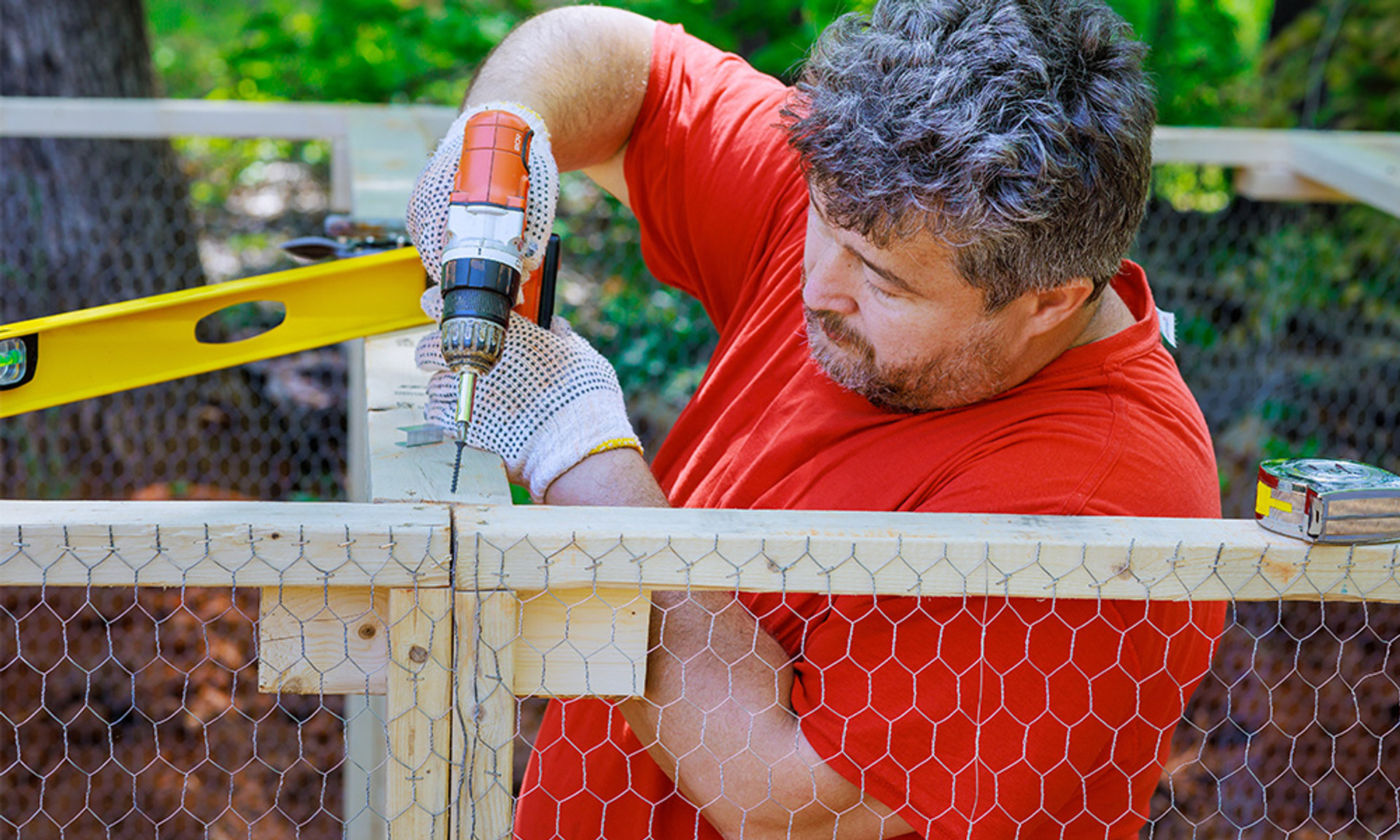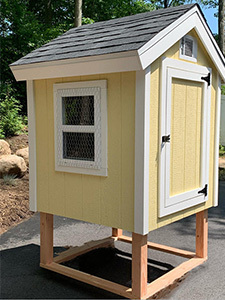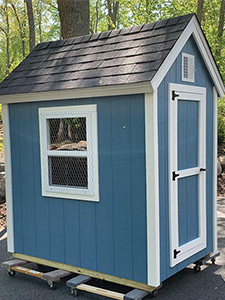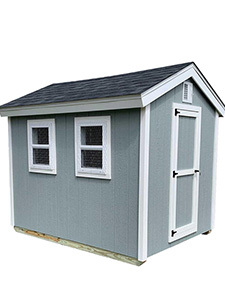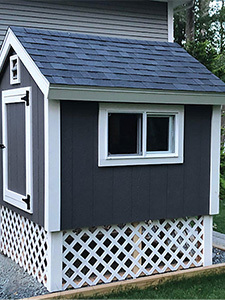The Guide to the Perfect Chicken Coop
Chicken Coop Considerations: Build a Happy Home for Your Flock
Spring is finally arriving, and if you’ve welcomed baby chicks into your life this season, congratulations—you’re officially a chicken parent! ? Now comes the exciting part: designing their chicken coop and outdoor pen. A well-thought-out coop is key to keeping your flock happy, healthy, and laying like pros. Let’s break down what goes into building the perfect poultry palace.
Space Requirements: Give Them Room to Roam
First things first—how much space do your chickens need to stretch those fluffy feathers?
While it’s tempting to go all out, space (and budget) might put some limits on your design. As a general rule of thumb:
- Heavy breeds (think brown egg layers like Orpingtons or Australorps) need about 2.5 to 3.5 square feet per bird.
- Lighter breeds (like Leghorns and other white egg layers) are comfy with 2 to 3 square feet each.
- Bantams (the pint-sized cuties of the chicken world) can do well with 1.5 to 2 square feet per bird.
Fun fact: Chickens are natural explorers! If your flock has access to a roomy outdoor pen or free-range time, you might notice they spend most of their day scratching around like mini archaeologists looking for bugs and snacks.
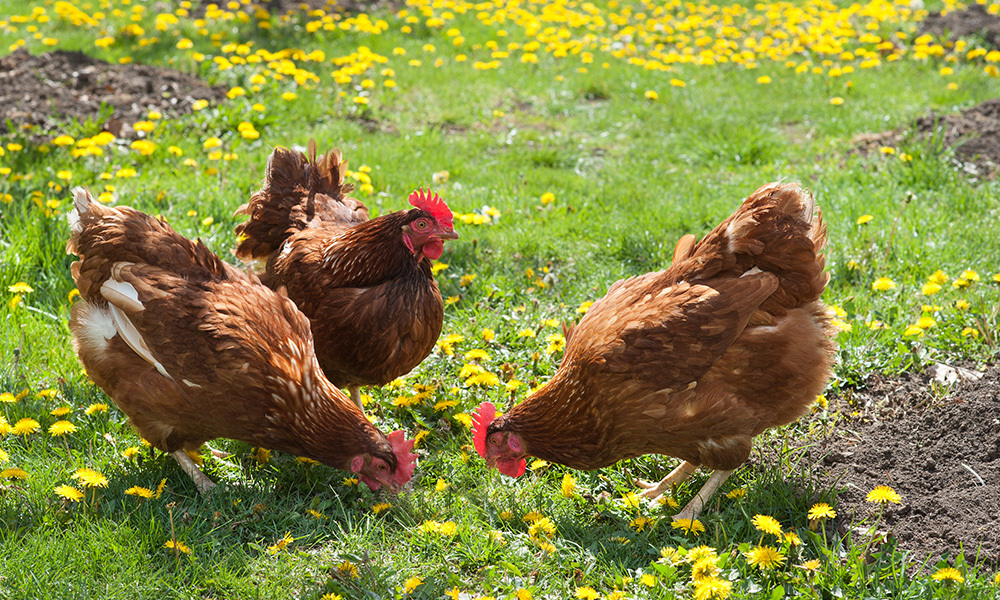
Coop Construction: Cozy, Comfy & Cluck-Approved
Once you’ve sized things up, it’s time to get building.
- Ventilation is key. Your coop should breathe like a yoga master, but without letting in harsh drafts that could chill your birds.
- In colder climates, add insulation to help your chickens stay toasty through the winter months.
- In hotter areas, prioritize airflow to prevent your birds from getting overheated.
Adding windows can work double duty—natural light and fresh air—but place them thoughtfully so they don’t blow air right onto your roosting birds.
Pro tip: Chickens lay best when they soak up about 15 hours of daylight. In summer, Mother Nature handles that for you. But in winter, a gentle artificial light on a timer can keep egg production from taking a seasonal vacation.
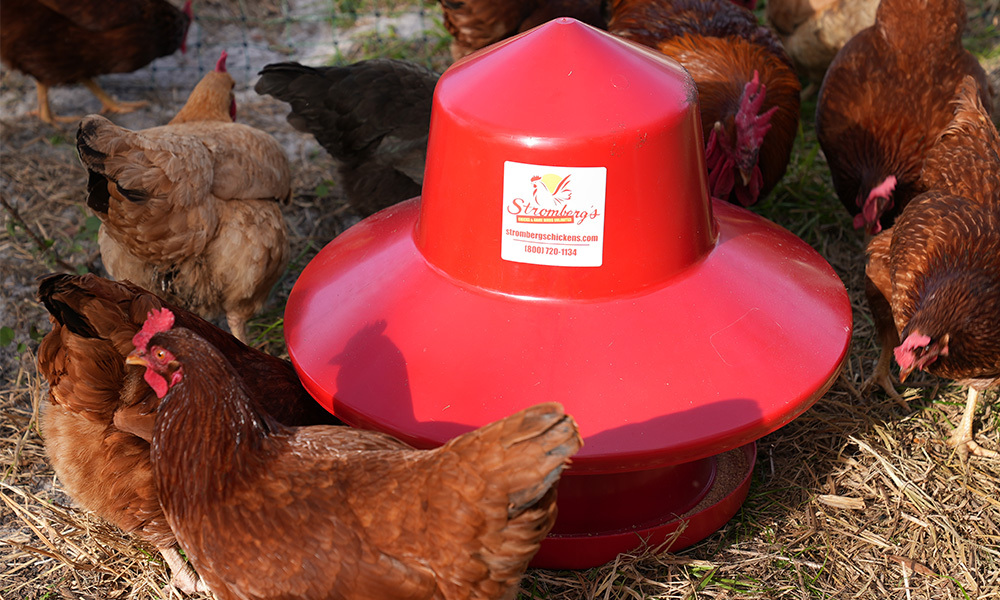
Feeders & Waterers: Fuel Up for Egg Laying
Your flock loves food (don’t we all?), and proper feeding and watering gear keeps them healthy and reduces waste.
- A flock of 15 chickens can easily chow down on 8 to 10 pounds of feed per day! Look for feeders with built-in lips or grills to keep more feed in the feeder and less on the ground.
- Round feeders help everyone—from your bossy hens to your shy bantams—get their fair share without the pecking order drama.
Water is even more critical. Each chicken can drink up to two cups a day, which adds up fast with a larger flock.
Did you know? If hens run out of water, they might stop laying eggs for up to two weeks. Yikes!
- Automatic waterers with chicken drinking nipples help keep water clean (no one likes soggy bedding in their drink).
- If you go with a classic gravity-fed waterer, make sure it stays high and dry—literally.
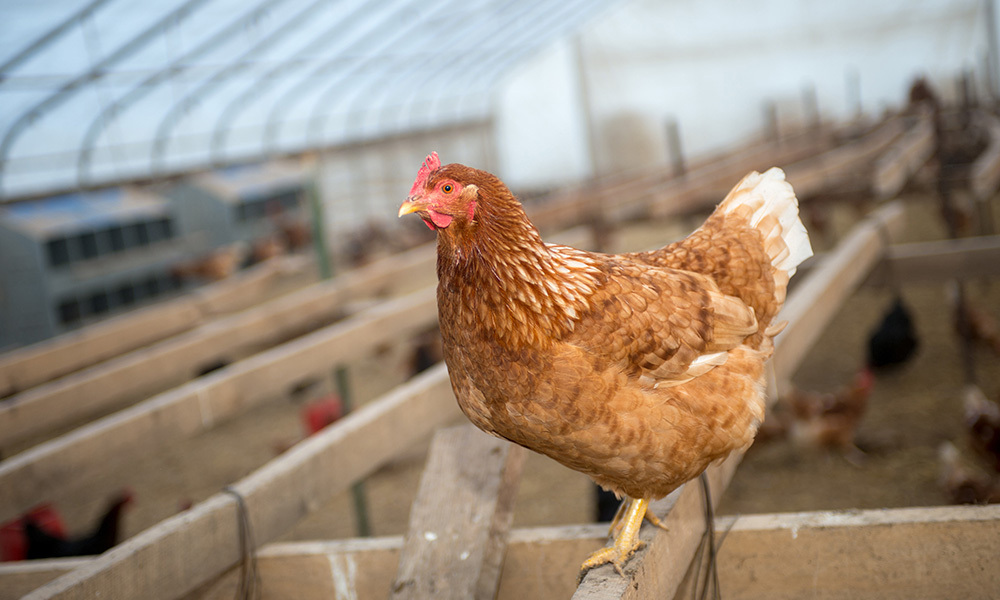
Roosting & Nesting: The Suite Life of Chickens
Chickens instinctively want to roost off the ground at night, so you’ll need to install perches inside the coop.
- A 2x4 board turned so the flat side is up makes for a comfy perch and helps protect their toes from frostbite in colder weather.
- Aim for at least 12 inches of roosting space per bird, with enough clearance to avoid a messy situation (a.k.a. birds pooping on each other overnight).
For nest boxes:
- Plan for one box per four hens, even if they all fight over the same favorite box anyway (classic chicken behavior).
- Roll-out nest boxes are a great way to keep eggs clean and safe from curious beaks.
Fun fact: Some hens will "egg hog" and refuse to share a favorite nest box, while others lay wherever the mood strikes—including your flower beds if free-ranging!
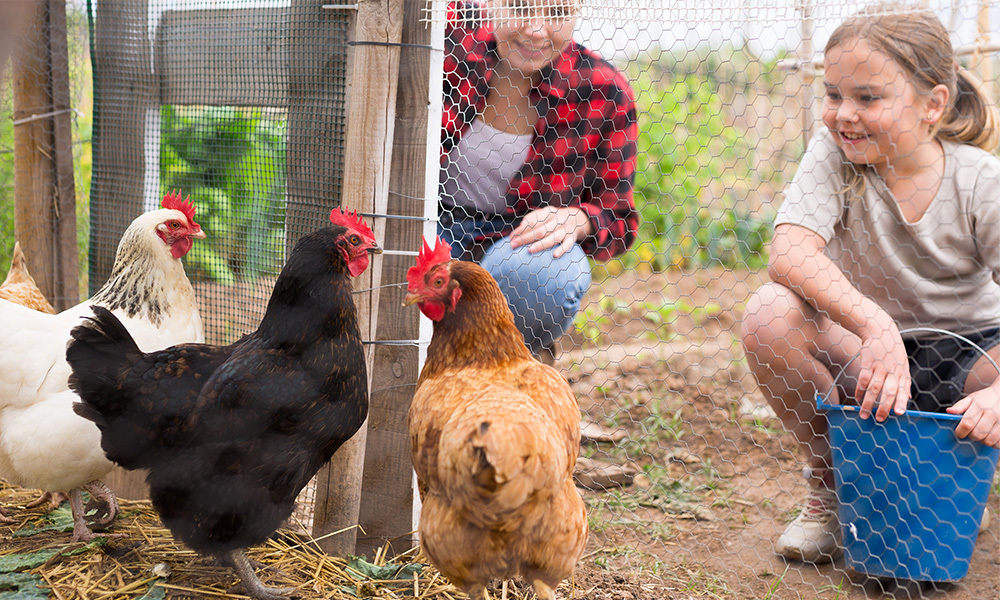
Predator Protection: Lock It Down
You’re not the only one who thinks your chickens are tasty—predators do too!
- Secure all openings with hardware cloth (not chicken wire, which predators can tear through).
- Consider an automatic chicken coop door for those early mornings and late nights when you’d rather stay in bed.
Pro tip: Foxes, raccoons, and even neighborhood dogs are clever, so make sure the coop door and pen are Fort Knox-level secure.
Want to build your own coop but not sure where to start? Check out our 4 digital plans to our easy DIY coops:
With these coop considerations, you’ll be well on your way to creating a safe, efficient, and happy home for your flock. A good coop will save you time, cut down on feed waste, and most importantly, keep your chickens content and laying.
Questions about coop building or curious about must-have chicken gear? We’re here to help—because happy hens = happy humans. Enjoy your feathered friends and happy chicken-keeping!

